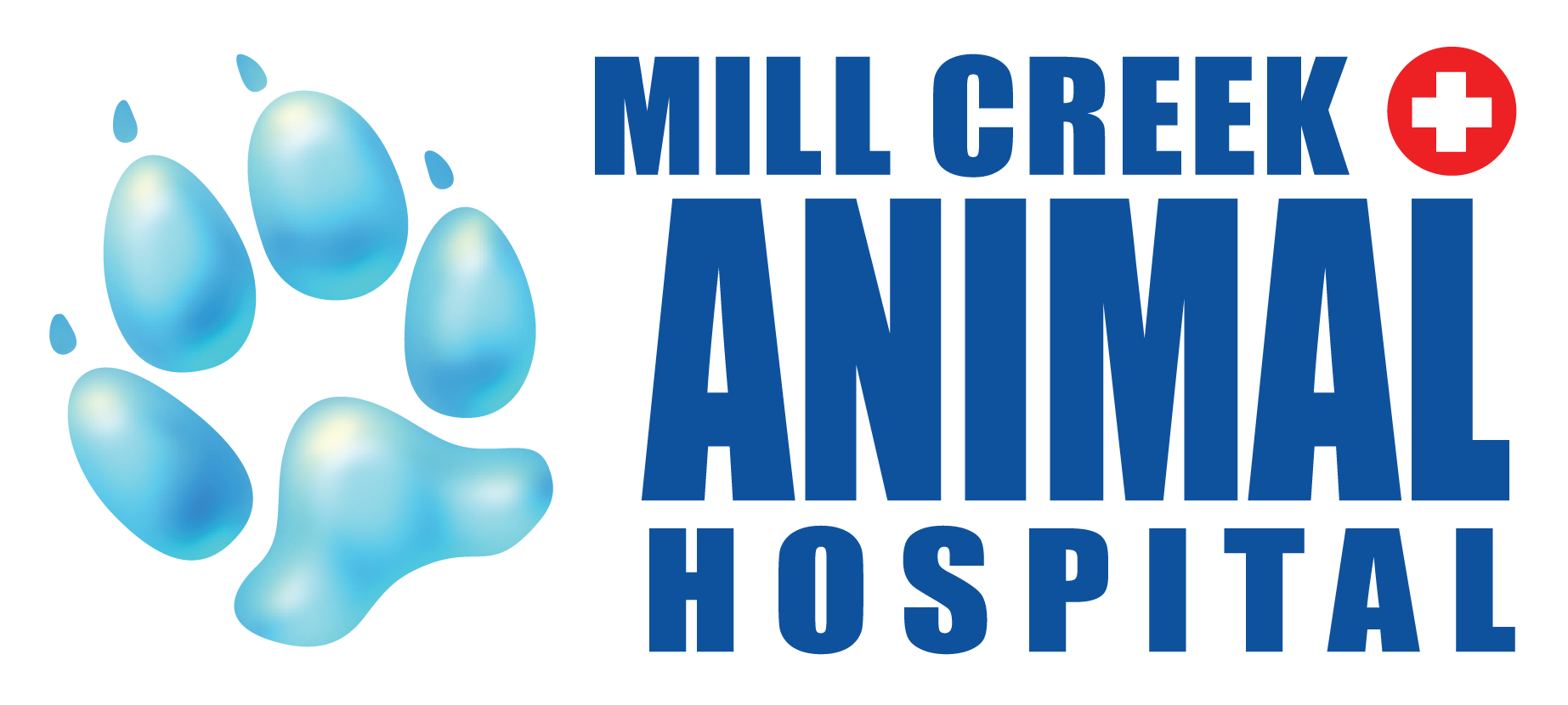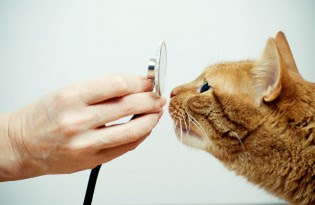Pet owners often believe that if nothing seems to be wrong with the pet at home, that nothing can be going on below the surface. This is not necessarily the case, and a lot can be told with diagnostic tools. The first diagnostic tool that vets use to assess an animal is a thorough physical exam.
During a physical exam, the veterinarian will look for any signs of abnormalities. They will check the eyes for any opacities, and potentially check eye pressure if there is a suspicion for increased pressure. The ears will be checked for any inflammation or excessive debris, and the vet may need to look at a swab under the microscope to diagnose ear mites or a yeast/bacterial infection. The skin and coat will be assessed to see if there is any hair loss, greasy fur, or matted fur. The veterinarian will use a stethoscope to assess the heart and lungs, checking for murmurs, arrhythmias, or abnormal sounds. The abdomen will be palpated to assess the internal organs as well as feel for any masses. If any findings on the physical exam lead the veterinarian to believe that there could be an internal concern, they may recommend lab work, radiographs, ultrasound, or a referral to a specialist.
Bloodwork can tell the veterinarian if there are changes to the function of major organs such as the liver, kidneys, thyroid, pancreas, and heart. Altered function of these vital organs may lead to the diagnosis (and treatment if possible) of diseases such as Diabetes, Hyperthyroidism, Hypothyroidism, Kidney Disease, Pancreatitis and so on. A urinalysis may be recommended to help diagnose a urinary tract infection or crystals in the urine (which could lead to stone formation). Fecal tests can be run to diagnose intestinal parasites.
Radiographs can be taken of many different areas of the body. If there is a concern with the patient’s heart and/or lungs, chest views may be recommended. If Fido ate something he shouldn’t have, the vet may need to take a radiograph to see what (and where) the culprit may be within the gastrointestinal tract. Radiographs can lead to the diagnosis of changes within the bones/joints, such as hip dysplasia, spondylosis, or bone fractures. Dental radiographs can show resorbing teeth, bone loss, tooth root abscesses, and more.
Ultrasonography is one of the less common diagnostic tools that our veterinarians use. We have access to a trained ultrasonographer that can come into our clinic when needed and that our veterinarians can consult with to learn more about what is going on internally. The most common ultrasound that our vets recommend is an abdominal ultrasound if there are suspected changes within the gastrointestinal tract.
Our veterinarians do their best to determine the cause of your pet’s discomfort and will recommend what they believe is best for your pet. We do as much as we can in our clinic, however, it is possible that cases require a referral to speciality clinics that have board-certified veterinarians that can help provide the best possible medical care for your pet.
Written by Liz Espejo, RAHT



